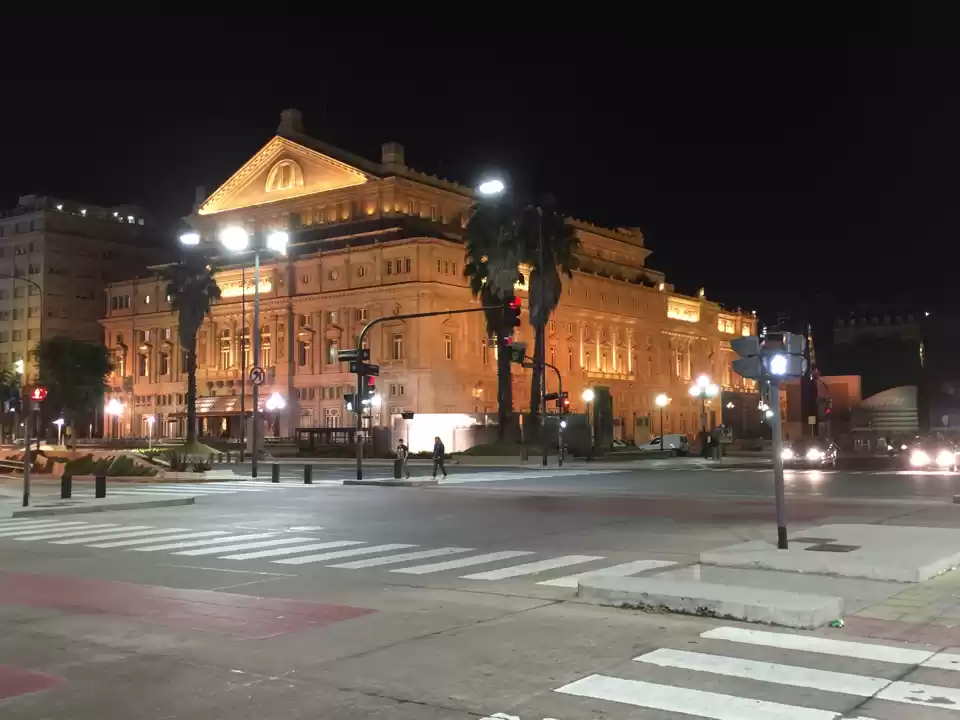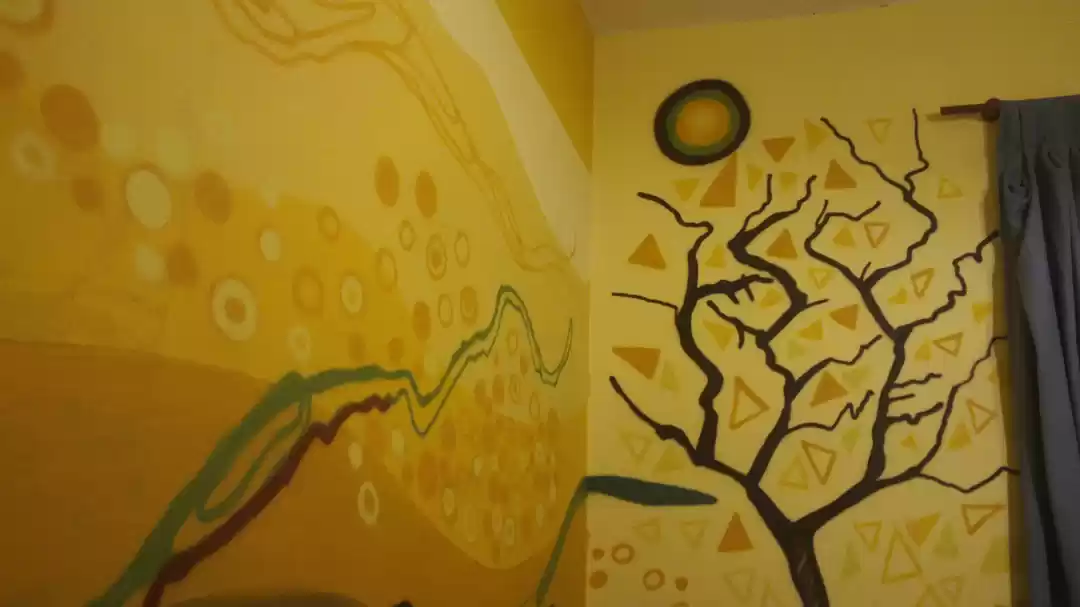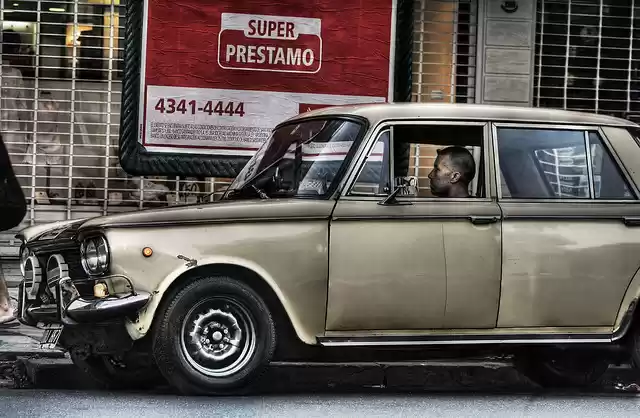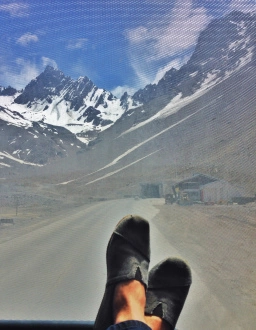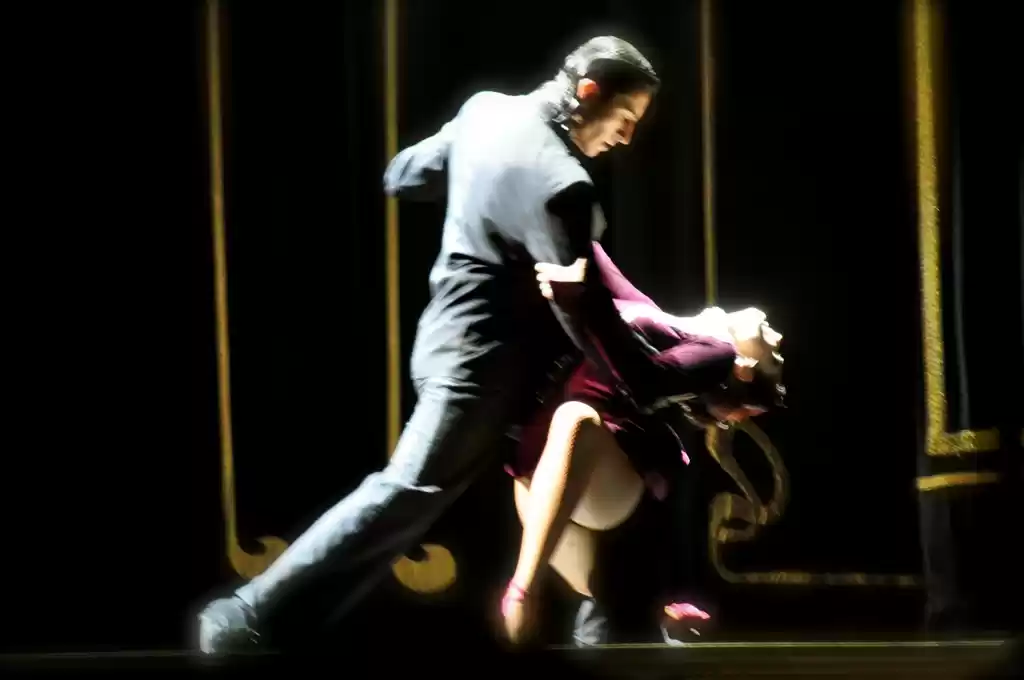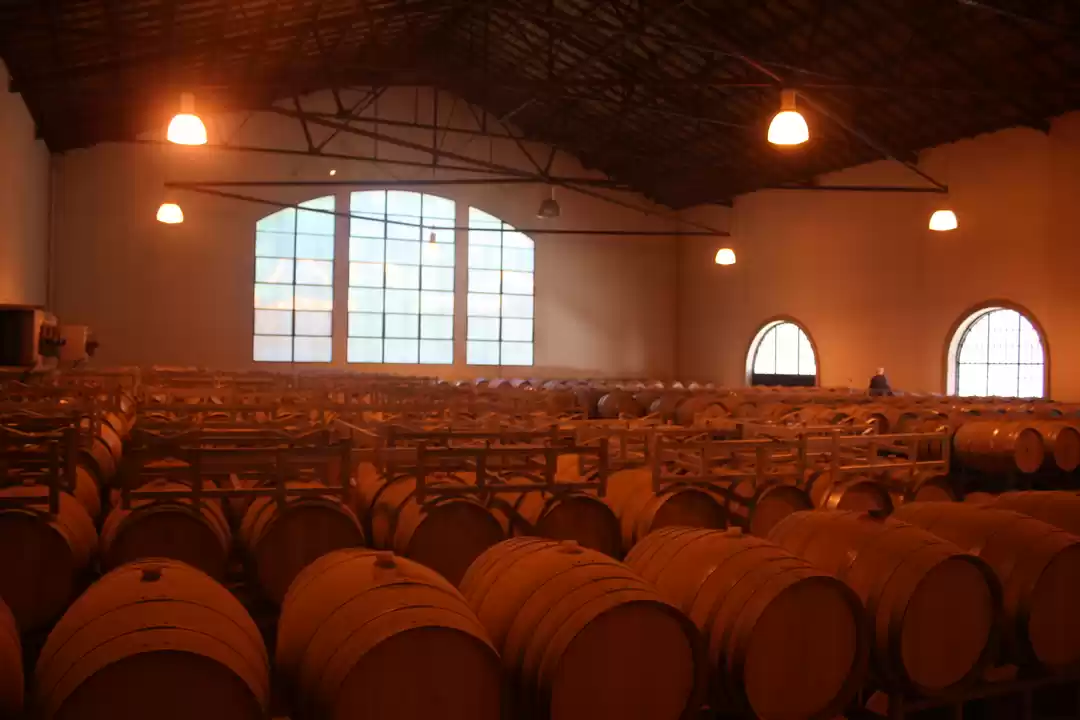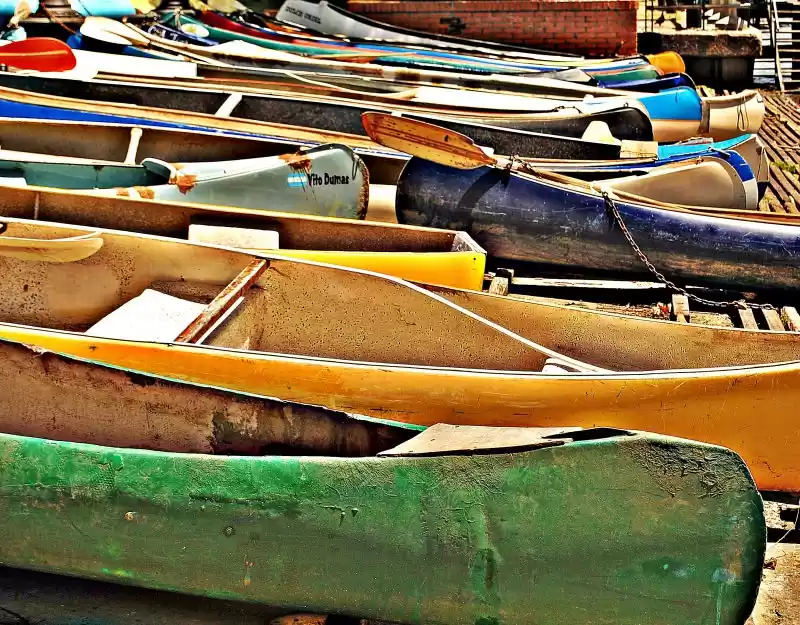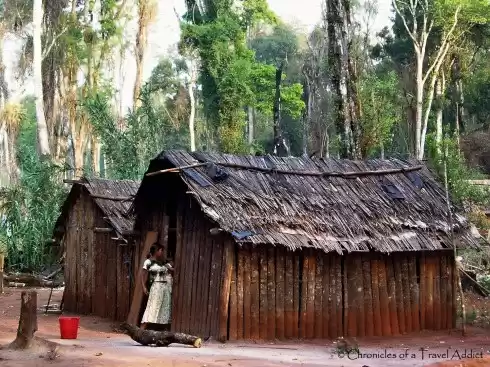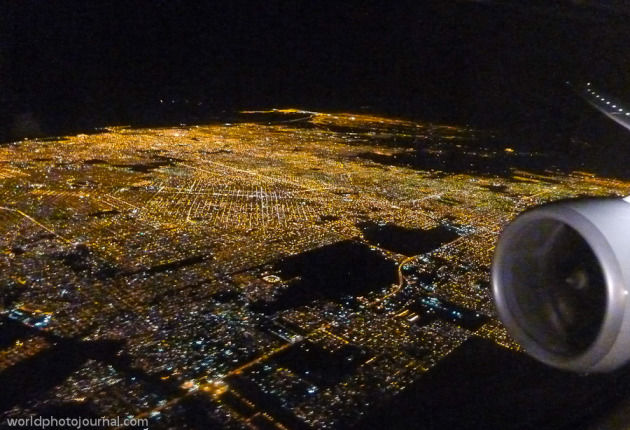
Ever read a travel article like, “How to Live Like a Local in (Insert latest hot city here)?” Of course. Everyone has.. Were you frustrated that the article didn’t tell you how to survive like a local? Instead, it was a trip review proposing the locals fill their time idling by the beach/mountaintop/sidewalk cafe and never get any actual tasks or living done?
If you want to know how to live like a “local” in Buenos Aires, read on. You won’t be dissatisfied.
Wake Up (Sunrise in Buenos Aires) Sunrise over Buenos Aires / © Daniel Karlin /Flickr
If you’re in Buenos Aires as a visitor, you’re liable to sleep in late. The morning buffet at the hotel lasts until 11, and your first tour-excursion doesn’t leave until noon. That provides lots of time to lie in bed, take a comfortable shower, check email and do all of the other mundane chores.

A “local” is awake before dawn ensuring their clothes are ironed, cleaned and spotless. If they have kids, they’re bundling them off to school. No time to sleep in and be lazy.
By the way, sprinkle on lots of perfume or cologne — you’ll find out why later.
No one eats a morning meal in Buenos Aires. At least they don’t eat the meal in a sense as “Norte Americanos.” Breakfast in Argentina isn’t at “breakfast time.” It’s more like at 10 am. Skip the bacon, eggs, oatmeal, juice, toast, and jelly. A “tostada” is the choice, and most wash it down with a tiny — think shot glass size — sparkling water and the most robust coffee outside of Turkey. Tostados and coffee can be picked up “to-go” at any sidewalk cafe. But don’t imagine eating and sipping while walking like people in New York do. That’s a no-no and deemed a social mistake. Take it to the office with you.
Remember the suggestion about plenty of perfume? This is the reason why.
Unless it’s January, or you’re from New York City, be ready to be pressed up close and personal with people in any of Buenos Aires’ “subte” — subterráneo – 'underground' or 'subterranean' — lines. The rush “hour” lasts from 6 am until 11 am when there’s a short break for a meal. The subte fills up again about 3 pm and stays like the proverbial sardines-in-a-can until 6 pm. Don’t fret about buying “temporary” subte tickets; there is no such thing. You’ll have to buy a plastic Subte card which can be purchased from the kiosks at each train platform. Cost? About 100 pesos, but it will be good for twenty-trips on the Subte.
Lunch will probably be at a sidewalk cafe. If you head out to the barrios — suburbs — “sidewalk cafe” is precisely what it sounds like. But if you’re stuck in Center City, then “sidewalk cafe” is more of a fantasy than reality and only suggests the idea of a sidewalk cafe. As often as not, you’ll find your table at a “sidewalk” cafe eating up a place in the street. In Center City, where the roads are old and cramped, this tends to be the law rather than the exception.

So don’t be shocked if you and your lunch mate have to suspend your meal to pick your table up, carry it two meters to the side, let a rumbling, oversized truck pass, then send the table — and contents — back to the street where you can eat your meal in peace. Or not.
When it’s time to go home, you have two choices: The subte or a taxi. You already know from the morning commute what the subte like, so hail a cab. It can be a little tricky, so pay attention.
The yellow-over-black taxis are ubiquitous. At last count, there are almost 40,000 of the buggers zipping around Buenos Aires’ Avenida and back alleys. To stop one, wait on the edge of the sidewalk, not in the middle of a sidewalk cafe though, and face the cars. Keep your right arm angled downwards as though you were a clock and were pointing to 4 o’clock. Don’t keep your arm any higher or you are just as liable to stop the next “collectivo” (bus), that comes by.
Climb in and show the operator where you want to go. Be prepared with smaller pesos; most drivers won’t accept a 100-peso bill.
If you were REALLY a resident, the evening meal would be served around 8 pm and your sisters, brothers, grandparents, parents, children, whew — your extended family would all meet around the table in one big noise inspired, Malbec induced cacophony of genders and ages all talking at once about whatever their favorite topic du jour is.
Jerry Nelson is an American freelance travel writer now living the expat life in Argentina. At last count, Jerry has traveled to — and worked in — 155 countries. Never far from his coffee and Marlboros, he is always interested in discussing future writing assignments. Email him today and join the million or so who follow him on Twitter.
Your dreams live in his work.



